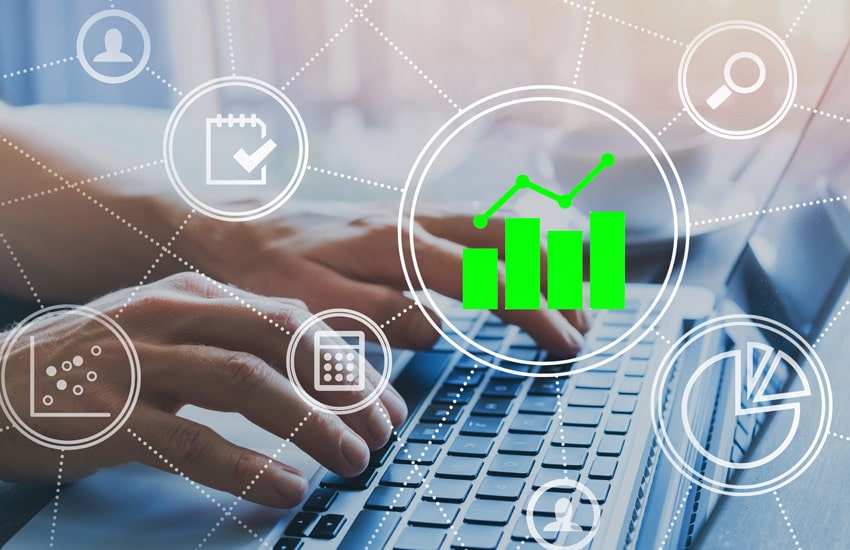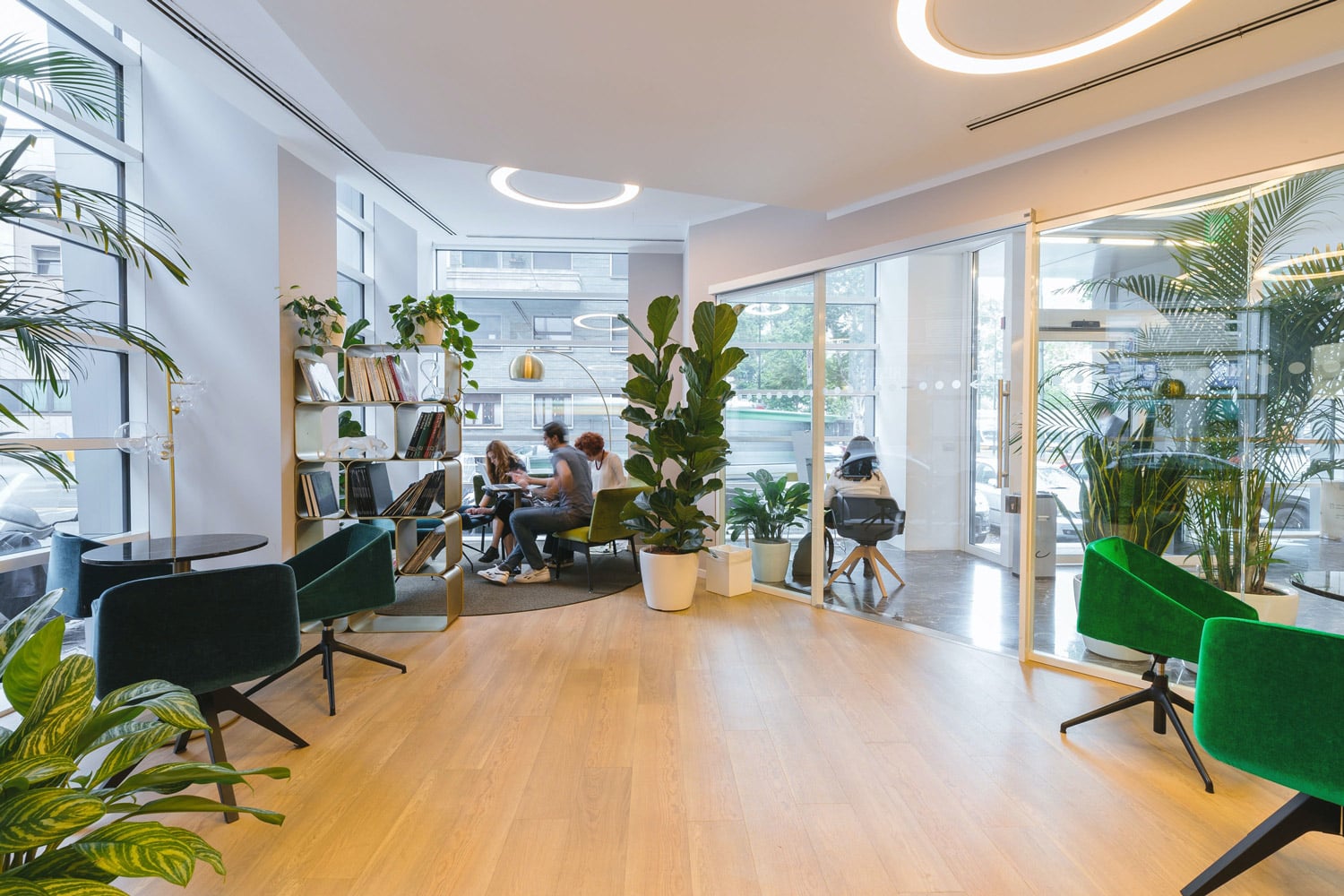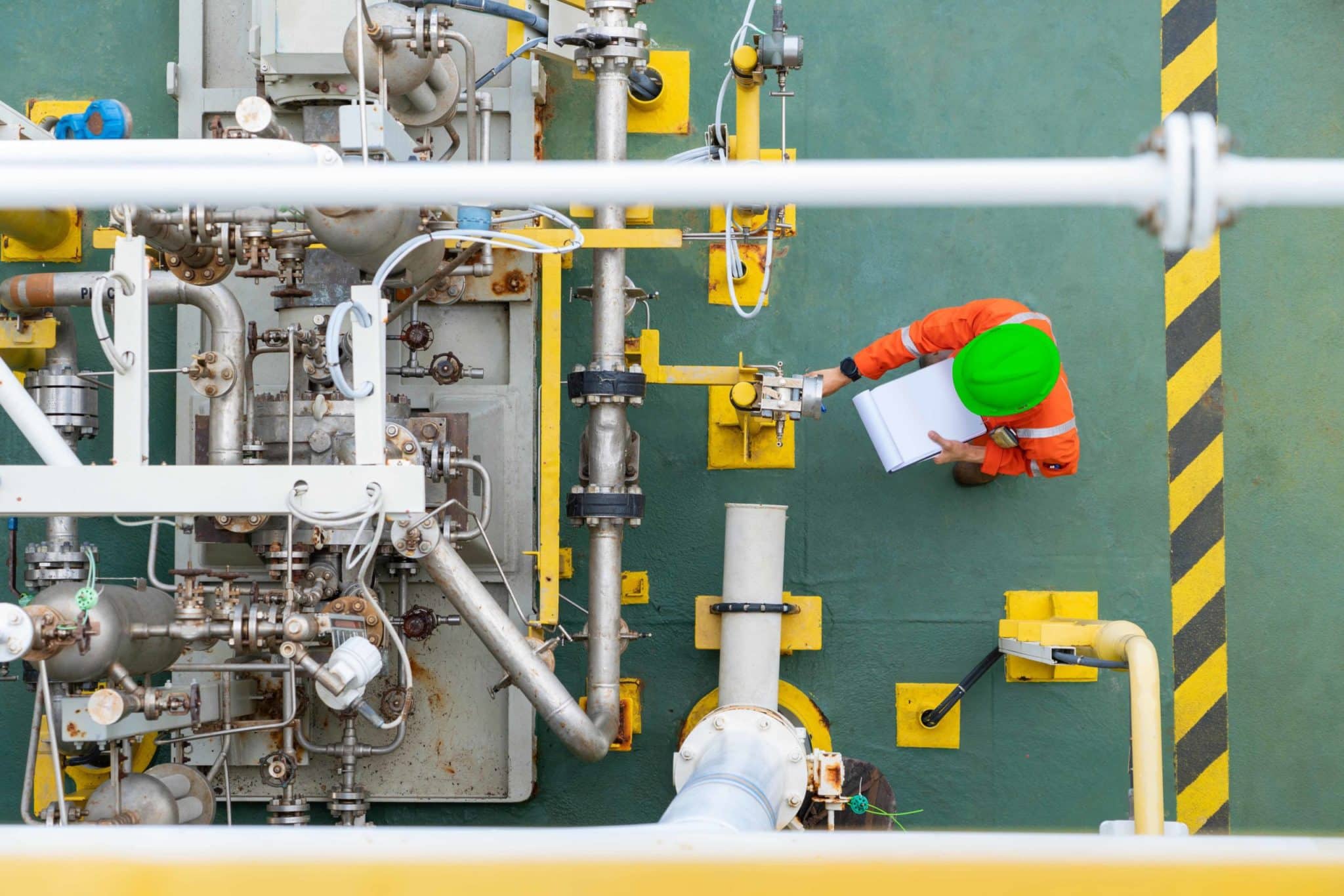28/04/2021
How implementing smart technologies into your building can boost efficiency, lower costs and elevate user experience.

The coronavirus pandemic has impacted all aspects of life, so it comes as no surprise that, in a post lockdown world, the spaces where we work and play have had to put additional measures in place such as social distancing, hygiene rules, and even rethinking their ventilation to support a safe environment and impede any risk of cross-contamination.
As a result, facilities managers had also to balance the predicaments imposed by the COVID-19 pandemic. Amplifying cleaning regimes, making significant changes to communal areas, and enforcing new rules for staff to abide by are just some of the fresh obligations they are faced with.
And these come on top of the already existing pressures of reducing greenhouse emissions or adhering to the latest trends in the smart space arena. For instance, accelerating various building-enhancing technologies, enabling human-centricity within workspaces, and ensuring operations remain sustainable through a more efficient use of energy. That’s all within a tight market, where cost savings are a must.
According to a recent Gartner report, nearly a quarter of CFOs said they will “move at least 20% of their on-site employees to permanent remote positions” in order to avoid severe cuts and minimise the downside impact to operations.
But cost savings can also be seen from an investment perspective. And when considering smart technologies, that return on investment (RoI) can come as soon as you spend your first dollar. This will, of course, depend on your specific goals and the choices you make, as there’s an entire smart spectrum to think about when it comes to office buildings, as well as a host of advantages – especially if actioned by one provider who can help integrate all of its parts.
Business as usual, but safer
In the short term, facilities managers will be looking to enable a safe return to the office through cutting-edge technologies, such as access control tech that can measure body temperature, automated face-mask detection, contactless entry systems, and air quality and ventilation control.
Smart technology can also support flexibility to make the best use of shared spaces, allowing staff to reserve a desk, a meeting room, or even a parking space in advance. The result: bring life back to your facilities, an engaged workforce, and the re-activation of your building services, such as the cantine, shops, and parking lots.
There’s more. Integrating sensors and technologies that manage and optimise the way buildings use energy will bring about some immediate benefits. One being a reduction in the costs of utility bills, especially from a lighting, climatisation, and waste management perspective.
Conversations with a customer in the Benelux revealed a 15% saving in energy costs in the first six months after implementing smart sensors which regulated HVAC and lighting activity based on occupancy.
Automatically updating lighting and HVAC schedules in function of the environmental and occupancy data collected by IoT sensors. Monitoring energy, water consumption, and waste management. All these can help to streamline the preparation of sustainability reports, while helping to implement sustainability improvements over time.

Containing the virus, retaining the tenants
Smart technologies will deliver a better user experience for the occupants in the building, especially within the wellness, security, and digital services domains. Smart ventilation and air control technology, for example, will limit the chances of spreading viruses, raising the value of building spaces. On top of this, interconnected systems are easier to trace and report on usage, offering accurate billing and measurable improvements to office managers and accounting teams.
In turn, building owners will be able to retain their tenants for a longer period of time, achieving an improved customer life cycle, longer lease agreements and renewals while also generating fresh digital revenue streams.
RoI on the rise
In the long term, integrating smart solutions can help businesses with predictability, especially when it comes to future decisions, targeted investments, and an overall better experience.
For instance, machine learning capabilities, which – based on continuously collected data – can help predict what will happen over time inside a building and identify assets behaviour patterns. This can enable facilities managers to anticipate any potential problems in the maintenance of the infrastructures, avoiding breakdowns, and offering users a positive experience.
Sustainability is also a major focus for many of these smart solutions. A more environmental approach can guide users into being more aware of their personal energy footprint generally, but also at work. If workers are more conscious about the energy generated by their desk tools, such as computers, monitors, and so on, it’ll drive behavioural change initiatives, which – over time – will reduce greenhouse emissions, resource consumption and overall costs.
All in one
While there is a raft of opportunities available to the facilities teams and building managers, these short, mid, and long term benefits don’t even begin to take into account the possibilities of integrating everything using only one provider.
Getronics Smart Spaces are able to bring all the pieces of the puzzle together. Working with our partners and with the option of integrating your existing systems, if applicable, we offer one single pane of glass experience to your smart building. Reach out for a demo or talk to our experts. Together, we can reimagine the digital future of your building.




